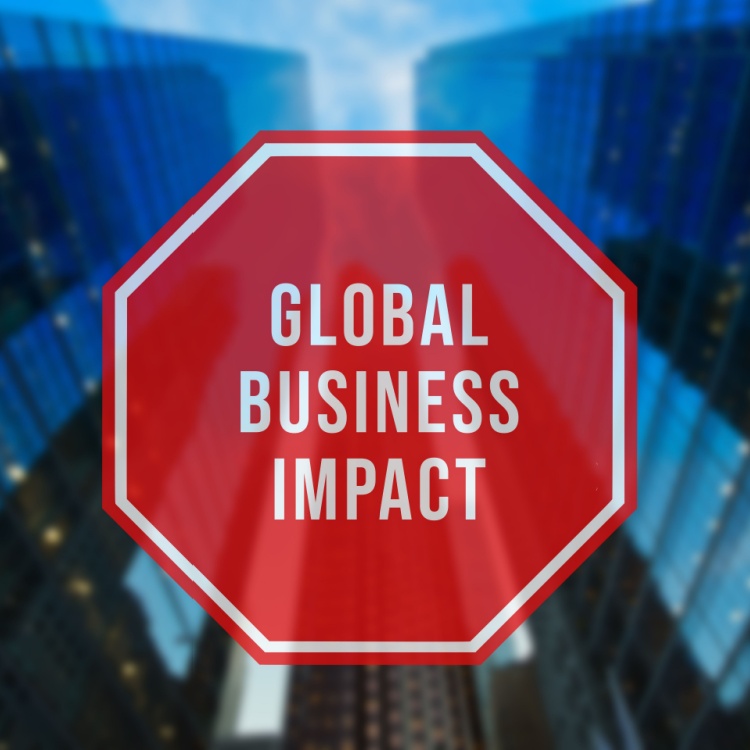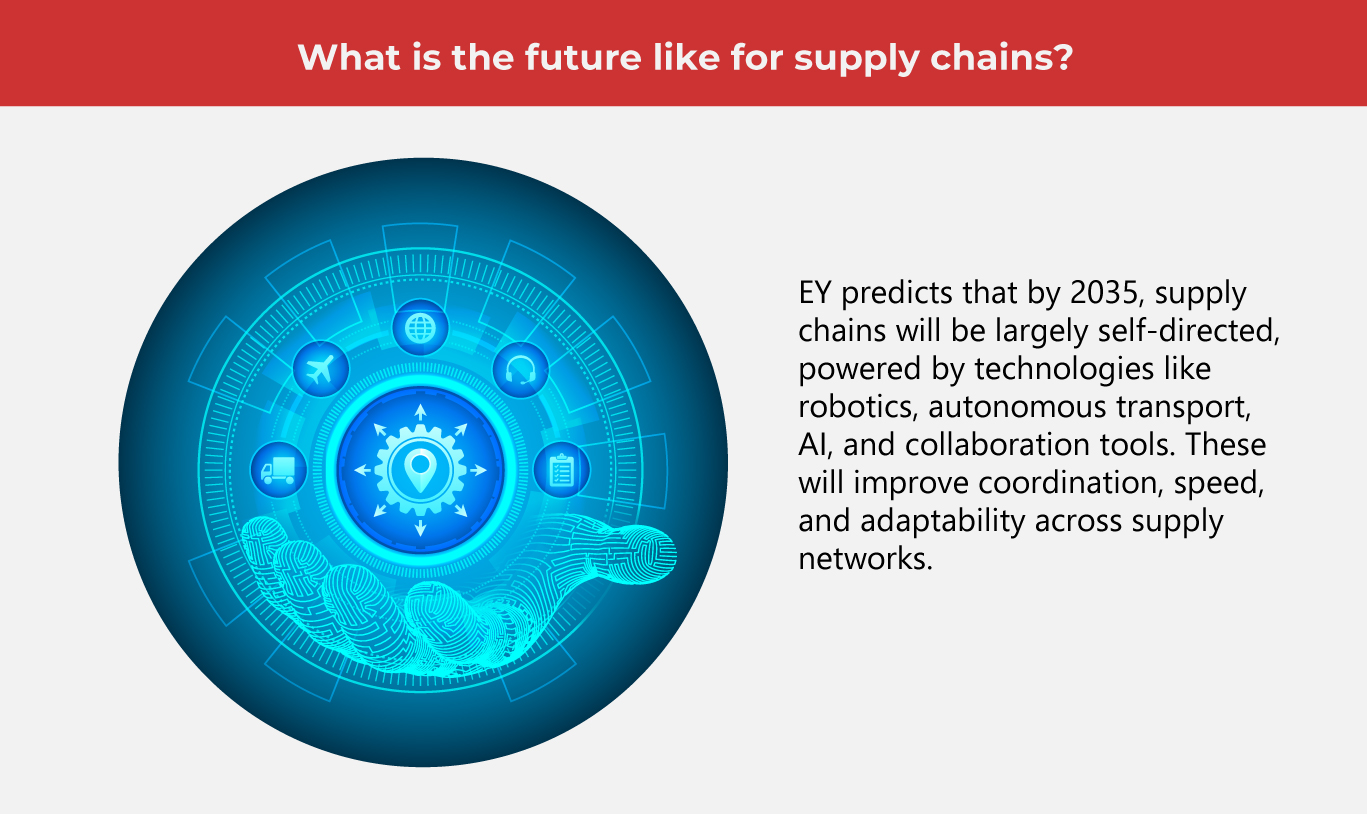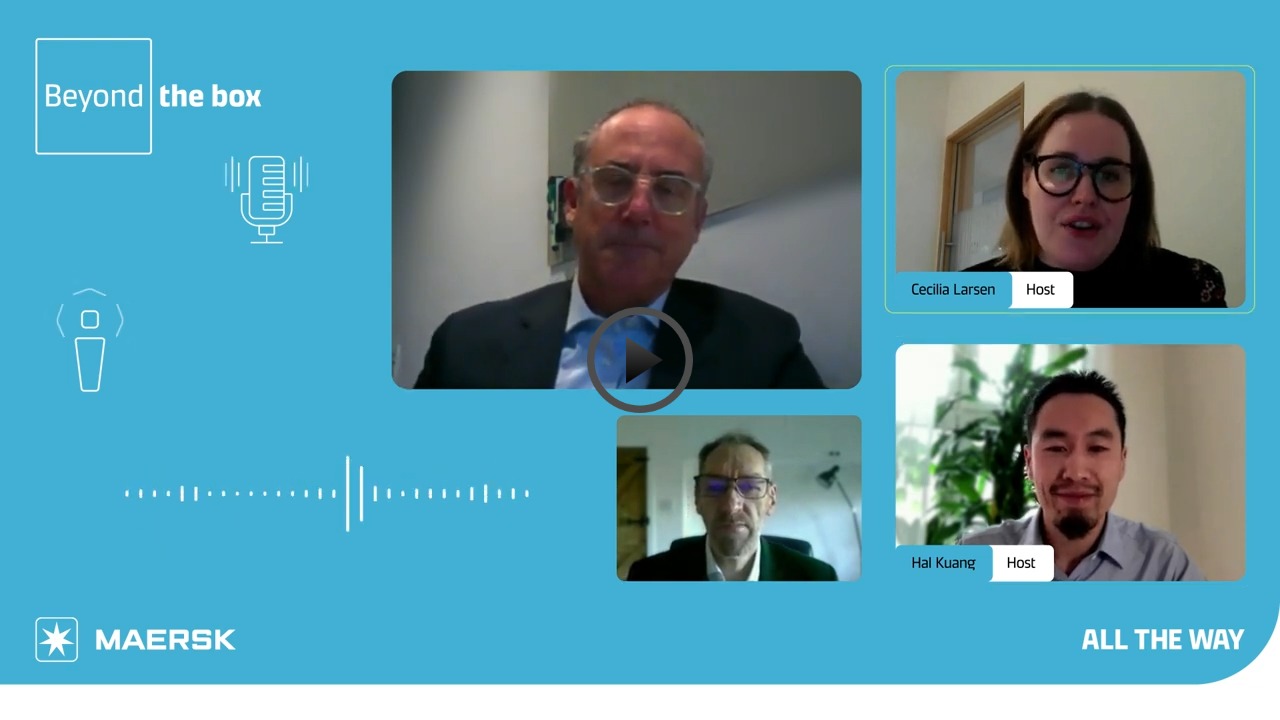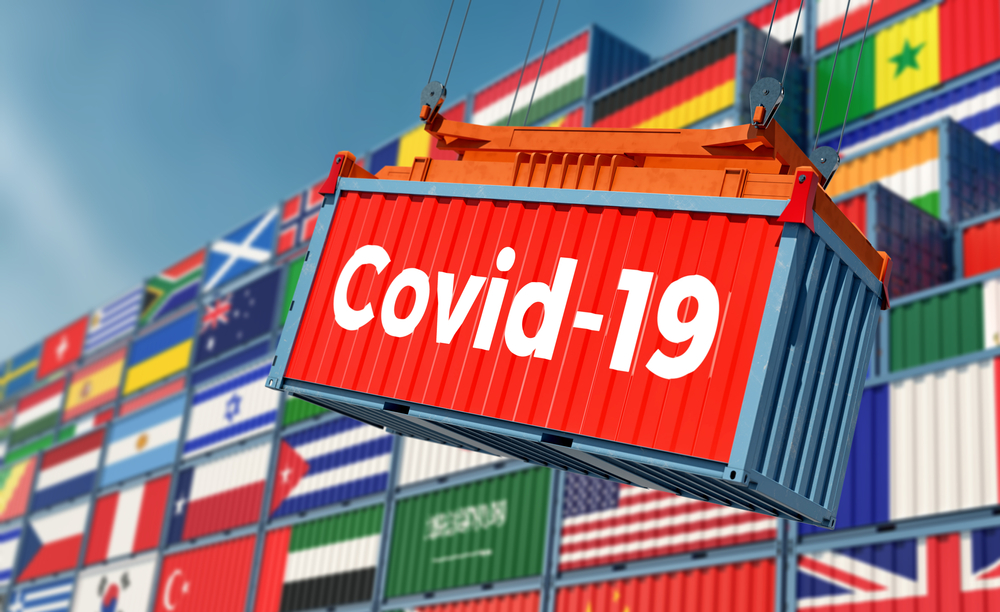What the Supply Chain Looks Like This 2025

Supply chain management is approaching a critical turning point, and leaders must boost resilience, rethink operations, fast-track digital innovation, control costs, and push toward full global visibility and autonomous systems.
If 2024 was marked by surplus and sluggish demand, 2025 signals a shift toward balance in the electronic component supply chain. Fusion Worldwide's latest report, State of the Industry 2025: From Excess to Equilibrium, highlights this transition, noting that while optimism is growing, challenges like geopolitical tensions and cost pressures remain.
Following years of scarcity, 2024 flipped the script with a glut of electronic components. While AI hardware enjoyed strong demand, many manufacturers were weighed down by surplus stock and slower sales. Toward year’s end, however, growing lead times hinted that supply and demand were finally beginning to realign.
The electronic parts distributor sees a brighter outlook for 2025, as businesses slowly ramp up orders after clearing out excess stock. Cost control remains critical, while AI-driven demand, especially for semiconductors and memory, continues to shape buying patterns.
Along with market shifts, trade regulations and global instability are set to be key drivers of the industrial market’s direction. Ongoing tariffs and changing policies will impact costs and access, pushing companies to adopt strategic sourcing approaches and forge strong partnerships to fortify supply chains.
Global manufacturing companies are under growing pressure to balance cutting costs and driving innovation. The rise of artificial intelligence (AI) is intensifying competition among semiconductor leaders, while the demand for consumer electronics remains unpredictable, with market fluctuations on the horizon.
(Also read: You Can Overcome These 10 Manufacturing Challenges)
Hurdle these 8 supply chain disruptions
The Thomson Reuters 2024 Global Trade Survey Report identifies "complexity" and "disruption" as the defining factors shaping the landscape of global commerce and supply chains in 2025. Businesses should be ready to tackle these challenges:
-
Global political dynamics
Protectionist policies, like President Trump's proposed tariffs, are pushing manufacturing industries to reconsider their sourcing strategies. Some businesses are shifting to “Asia Plus One” models, diversifying supply chains beyond China to Southeast Asia or even nearshoring to regions like Mexico. This approach aims to mitigate risks and protect against tariff impacts, although it comes with challenges of higher costs and potential supply chain disruptions.
-
Supply chain visibility
Research highlights supply chain visibility as a key challenge, with industrial manufacturing shifting from rigid systems to flexible, interconnected networks. AI and analytics are driving end-to-end transparency, enabling collaboration through shared decision-making. Strategic partnerships are essential, enhancing communication and coordination with suppliers. Integrating autonomous vehicles and robotics boosts efficiency, helping businesses build more resilient and agile supply chains for the future.
-
Tech adoption
According to EY, many companies still rely on outdated tools like emails and spreadsheets for internal communication, as well as managing supplier quality and relationships. To stay competitive, businesses must modernize by integrating supply chain functions with cloud-based solutions and digital analytics. The next evolution of supply chains focuses on automating and optimizing internal and external networks, improving responsiveness to market signals, and driving efficiency.
-
Skill gaps
Companies have long faced challenges with resource constraints and expertise deficits in managing trade regulations, an issue that’s intensifying as rules become increasingly intricate. To become future-ready, manufacturing markets focus on education, automation, and tech solutions. Trade compliance is now seen as a professional, multidisciplinary field. Collaborating with academic institutions can equip the next generation with the skills to navigate changing regulatory landscapes.
-
ESG factors
Environmental, social, and governance (ESG) approaches focus on ensuring ethical and resilient supply chains, which protects companies from risks related to noncompliance. This requires diversifying sourcing strategies and plugging into the renewable energy market. More vendors across multiple locations can reduce logistics costs and improve efficiency, but it also adds complexity and heightens expectations for supplier knowledge. Managing this increased vendor data requires more effective systems and automation.
-
Boosting economic value
Careful control of ongoing expenses is essential for maintaining stability and ensuring a competitive edge. With 70% of industrial manufacturing costs tied to supply chains, controlling expenses is vital for enduring growth. Focus areas include procurement, product intricacy, network optimization, planning alignment, and model redesign. Embracing process discipline, accurate data, and tools like AI and analytics is essential. Building strong collaborations and upskilling teams are critical for lasting savings, and evolving supply chains into agile, interconnected systems.
-
The use of Generative AI
Generative AI (GenAI) is set to revolutionize logistics and operations by enhancing efficiency, accuracy, and strategic choices. Its primary applications include demand forecasting, prototype creation, identifying errors, production planning, and optimizing delivery processes. However, challenges like data protection, talent acquisition, and integration with legacy systems remain. When successfully implemented, GenAI can transform logistics into adaptive, data-driven networks, providing substantial financial and operational advantages. As GenAI continues to evolve, it will reshape organizational workflows and redefine the workforce of tomorrow.
-
A limited supply of crucial minerals
The tightening supply of essential minerals presents a significant hurdle. Soaring demand from the electric automotive market and high-tech devices is expected to strain already limited resources like cobalt and lithium, much of which is sourced from China. Any disruption there could trigger widespread ripple effects. Developing new supplies takes years and heavy investment in mining and processing. To safeguard access, many companies are expected to push for greater control over their supply chains through vertical integration. As global supply chains evolve, leaders must act decisively to build resilience, embrace digital innovation, and secure critical resources. 2025 signals a shift toward greater balance but also brings persistent challenges, from geopolitical instability to rising technology demands.
As global supply chains evolve, leaders must act decisively to build resilience, embrace digital innovation, and secure critical resources. 2025 signals a shift toward greater balance but also brings persistent challenges, from geopolitical instability to rising technology demands.
Companies that invest in adaptability, strategic partnerships, and smarter systems will be best positioned to thrive in a rapidly changing global landscape. As one of the Top 20 EMS companies in the world, IMI has over 40 years of experience in providing electronics manufacturing and technology solutions.
As one of the Top 20 EMS companies in the world, IMI has over 40 years of experience in providing electronics manufacturing and technology solutions.
We are ready to support your business on a global scale.
Our proven technical expertise, worldwide reach, and vast experience in high-growth and emerging markets make us the ideal global manufacturing solutions partner.
Let's work together to build our future today.
Other Blog



